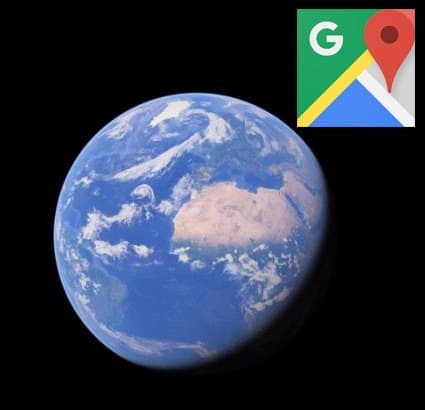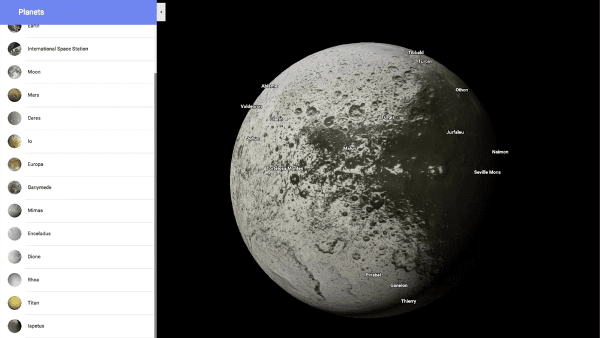Google Maps to let you navigate the Solar System with its Planets and Moons
In an new update, Google Maps is all set to let its users visit the Planets and Moons of our solar system right from their computer. The tech-giant has assembled an imagery of total 16 celestial bodies from our Galaxy on Maps interface. In the past Google has offered a detailed imagery of Mars and the Earth’s Moon, however this is the first time that it will all be available via Google Maps interface.

In a blogpost Google quoted that, Twenty years ago, the spacecraft Cassini went forth on a journey to uncover the secrets of Saturn and its many moons. During its mission, Cassini recorded and sent nearly half a million pictures back to Earth, allowing scientists to reconstruct these distant worlds in unprecedented detail. Now one can visit these places and other celestial bodies through Google Maps. One can explore the icy plains of Enceladus, where Cassini discovered water beneath the moon's crust—suggesting signs of life.

The thick clouds of Titan with methane lakes, a massive crater of Mimas with Venus, Pluto and several other moons are also a vision to behold. Astronomical artist Björn Jónsson, has assembled the planetary maps of Europa, Ganymede, Rhea, and Mimas by working with imagery from NASA and the European Space Agency.
To access this feature either just zoom out from your terrestrial Google Maps view until you hit outer space or click the<a href="https://www.google.com/maps/@0,-95.677068,22963938m/data=!3m1!1e3" target="_blank" rel="nofollow noopener noreferrer">www.google.com</a>. Don’t forget to make a pit-stop at International Space Station while you are out there. So grab your spacesuit and buckle up to check out the rest of this corner of the galaxy that we call home.
Source: <a href="https://www.blog.google/products/maps/space-out-planets-google-maps/" target="_blank" rel="nofollow noopener noreferrer">www.blog.google</a>


To access this feature either just zoom out from your terrestrial Google Maps view until you hit outer space or click the<a href="https://www.google.com/maps/@0,-95.677068,22963938m/data=!3m1!1e3" target="_blank" rel="nofollow noopener noreferrer">www.google.com</a>. Don’t forget to make a pit-stop at International Space Station while you are out there. So grab your spacesuit and buckle up to check out the rest of this corner of the galaxy that we call home.
Source: <a href="https://www.blog.google/products/maps/space-out-planets-google-maps/" target="_blank" rel="nofollow noopener noreferrer">www.blog.google</a>
0
